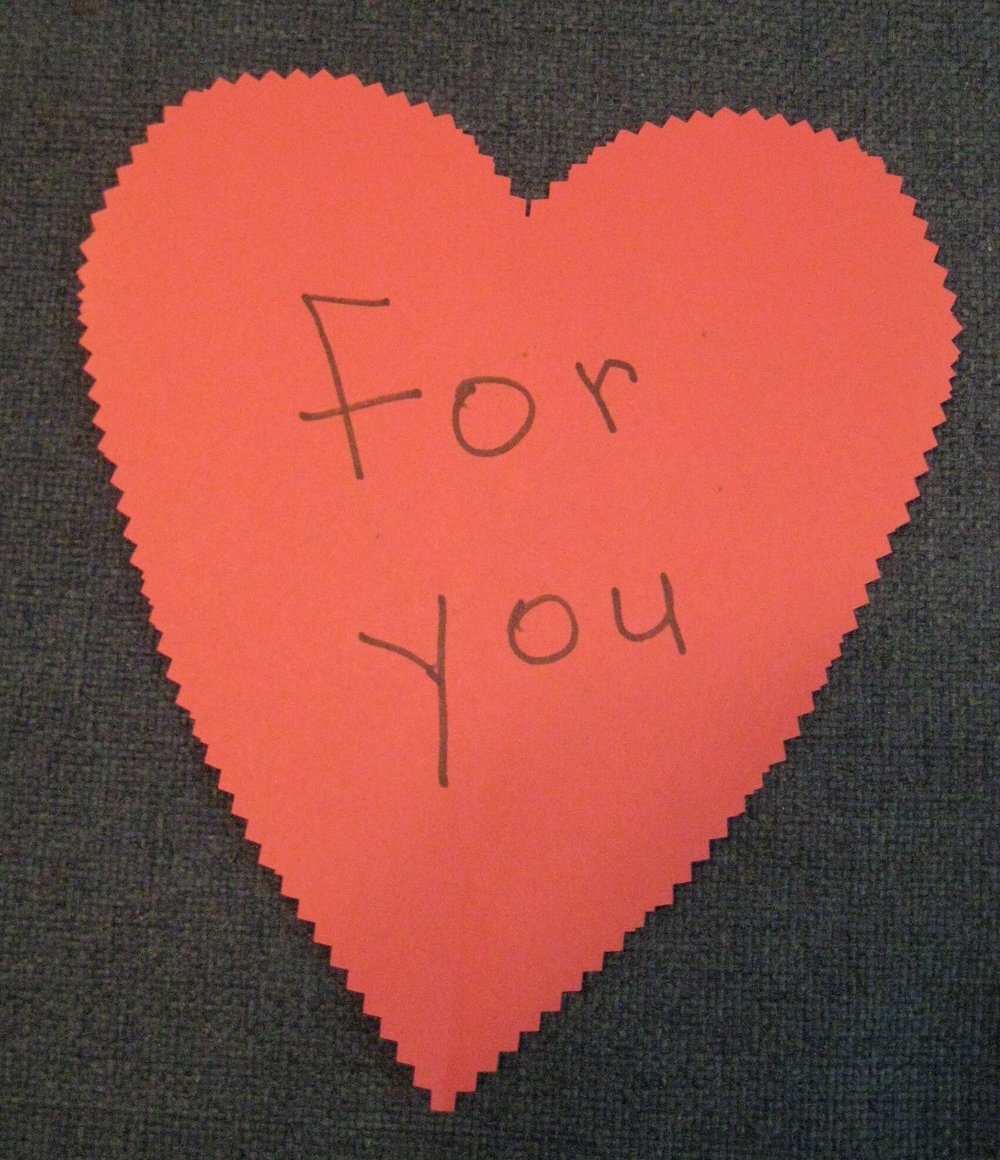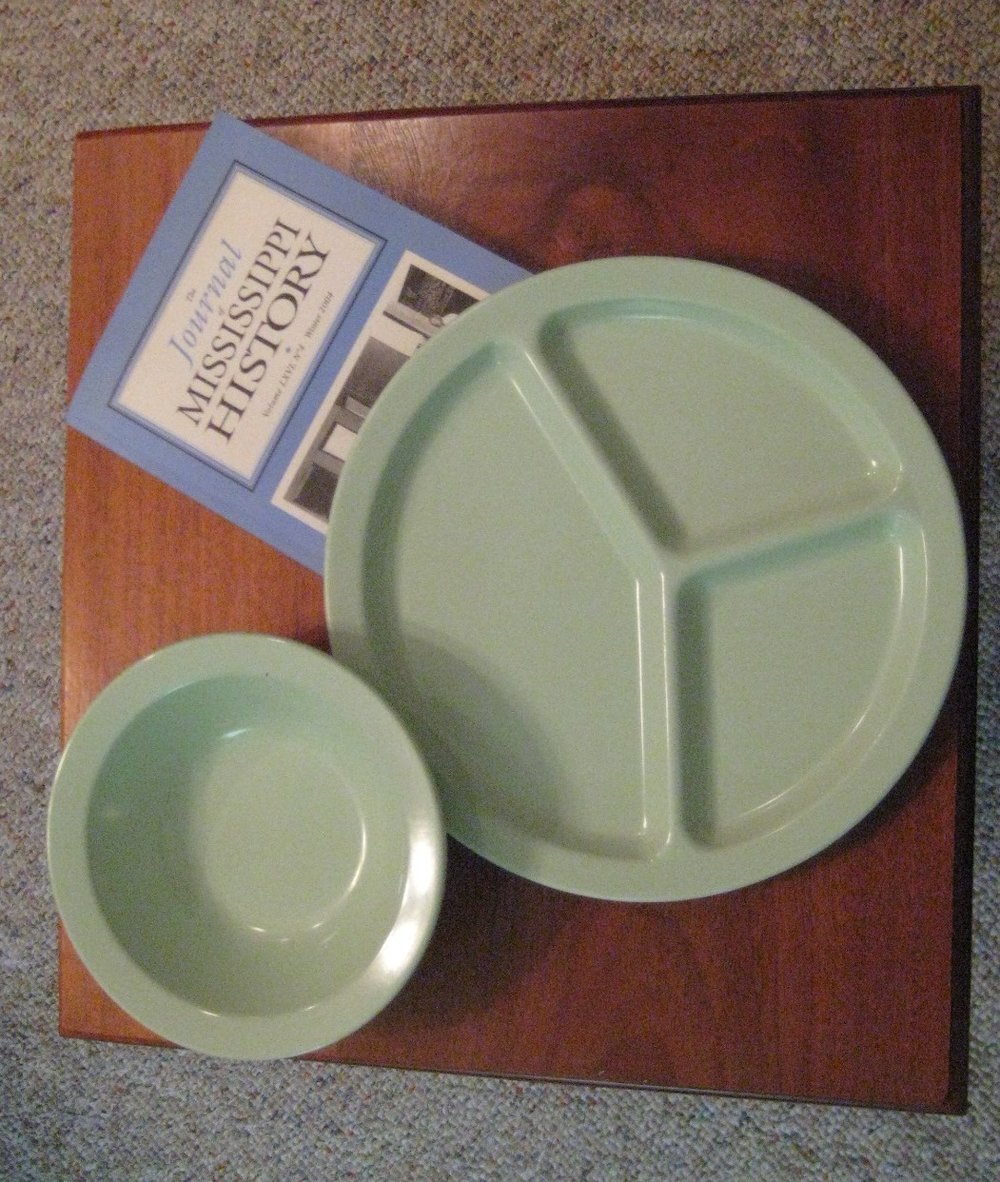Greenprints AKA “The Weeder’s Digest,” a light-hearted small magazine, feeds both my passions – writing and gardening. This isn’t a how-to magazine. I get that from Mississippi Gardener, introduced by my sister Gwyn when I returned to this state. Greenprints contains stories, poems, and quotes about gardens and garden-tenders. It’s a just-for-fun kind of magazine.
Recently it carried a Chinese proverb: A real garden where one can enter in and forget the world cannot be made in a week or a month or a year. It must be planned for and waited for and loved into being. The proverb made me reflect on my own yard and its progression.
The previous owners of our house created a beautiful yard, which didn’t fit my taste much better than the pink paint throughout the house. We took care of the paint color before we moved in. The yard, with its formal shrubs shaped like football helmets or tissue boxes and flowers that bloomed in proper rows and spaces, has taken longer. I’ve slowly loved it into a haphazard passalong country garden with:
• Old-fashioned leggy yellow chrysanthemums inherited from Mama’s yard
• Asters from Gwyn
• Lantana – butterfly favorite in multiple colors and varieties
• Wildflowers - coreopsis, goldenrod, coneflower, rose of Sharon, Queen Anne's lace, spiderwort
• My mother-in-law’s old-fashioned red rose
• Pink daisy-like mums from Uncle Leo
• Papaw’s milk and wine lilies
• Mexican petunias – so invasive that I am now trying to prevent them from taking the whole yard
Actually, there are too many to name. If I like a flower, I try a few. They respond by dying, blooming, reseeding, taking over – I never know, but it’s always entertaining. With my red-berried holly and nandina for the winter months, there is always something blooming and something coming on. So far it’s only taken eleven years to love this garden into being.
































